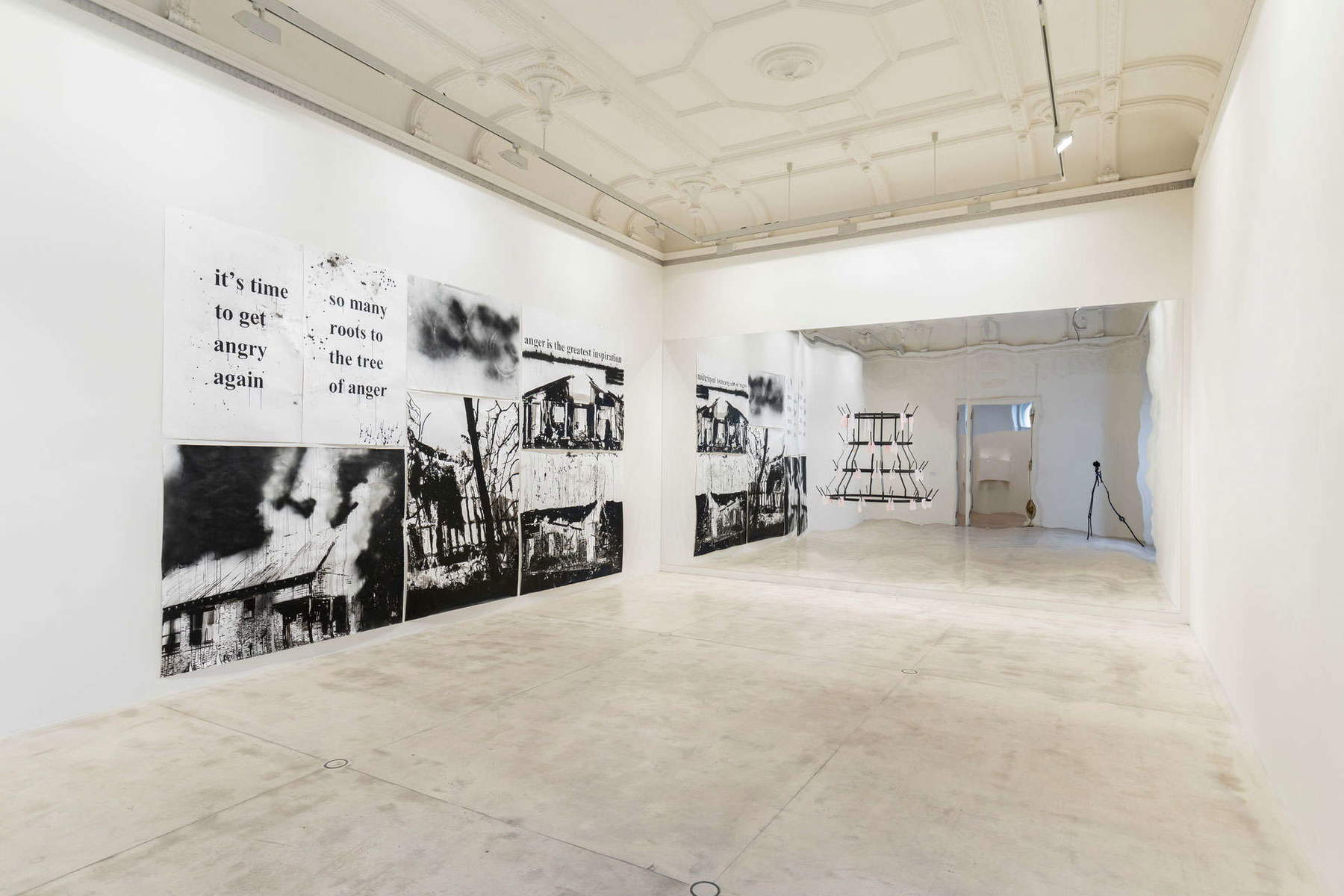A definition of the scope of the Italian Council cannot be separated from an analysis of the context in which it fits. If, in fact, any activity in favor of the visibility of contemporary Italian art abroad is certainly welcome, it is also true that these can bear fruit only where there is fertile ground, an ecosystem that acts as an accelerator, stable relationships. It works especially where the relationship with the contemporary is strong and credible. And on these points our country certainly does not shine, running the risk of thwarting good intentions.
The Italian Council is certainly a useful tool for the production of projects that would otherwise be difficult to realize and that need substantial funding as well as a complex network of actors, but there is no articulated system around it to support it.
In March 2022, a report entitled How well known is (re)known Italian art abroad, written by Silvia Anna Barrilà, Maria Adelaide Marchesoni and Marilena Pirrelli, was published that had as its object of analysis the visibility of contemporary Italian art internationally. The report’s conclusions lamented “the absence of an integrated and effective strategy of Italian institutions for the promotion of contemporary art abroad and of a synergy between Italian and foreign institutions. Funding for the production of works is also insufficient and not continuous, as is the educational offer of the academies.” To date, the situation has not changed (and the update of the report, which we are working on and scheduled to be released in the coming months, will testify to this).

If we want, then, to use a parameter that, although subjective, can still give us an idea of the strength of our contemporary system, it is enough to take ArtReview’s latest Power100 ranking, which annually indicates the hundred most influential personalities revolving around the art world. The only Italians present are Patrizia Sandretto in 44th place and Miuccia Prada in 79th. No artists and no galleries.
Here. In this frame of reference an instrument with the Italian Council loses its strength. Certainly support for production. Equally fundamental would be that to the “exportation” of our artistic products, which would need, for example, central coordination and an effective systemic capacity of the Italian Cultural Institutes. Similarly, fiscal reforms would be needed, and proposals were never lacking even for this last budget law that I personally brought to the attention of the Minister of Culture, that are really put in place with a long-term and competitive vision. But we know how things work instead.
Lastly, it should be pointed out that, as with every call for proposals, the Italian Council in Italy is also in danger of pandering to its perverse logic. Unlike what happens, for example, in England for The Arts Council, which advances 80 percent of the funding, in Italy this is always disbursed downstream of reporting, except for limited advances covered by a surety, forcing the winners to advance the amounts admitted. This effectively excludes the weakest and least “bankable” subjects, risking polarizing attention on the usual names, thus diluting the renewal effect that should instead be the basis of the project.
This contribution was originally published in No. 25 of our print magazine Finestre Sull’Arte on paper, erroneously in a shortened form. Click here to subscribe.
Warning: the translation into English of the original Italian article was created using automatic tools. We undertake to review all articles, but we do not guarantee the total absence of inaccuracies in the translation due to the program. You can find the original by clicking on the ITA button. If you find any mistake,please contact us.